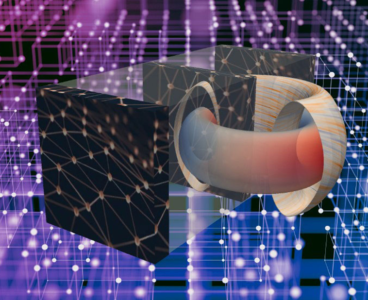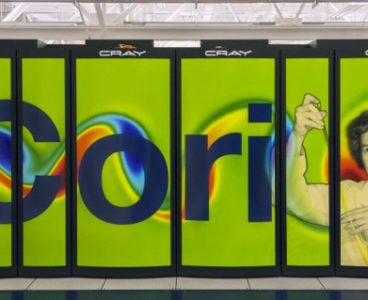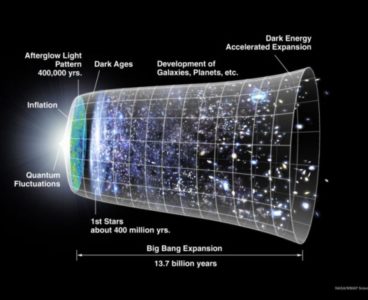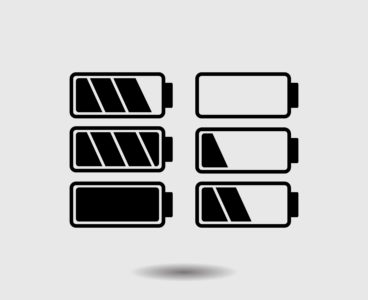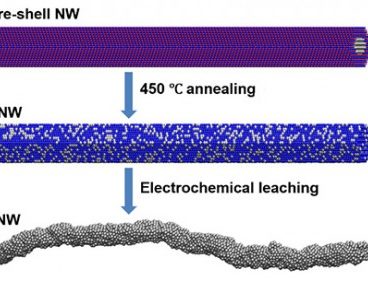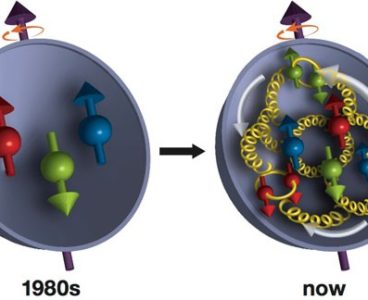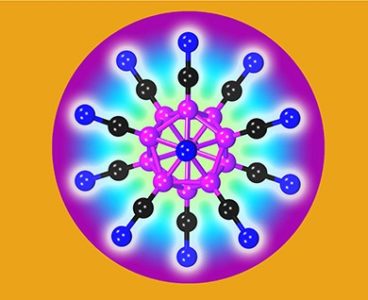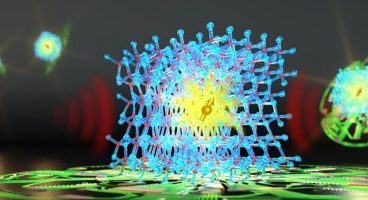The Science On Earth, the most widely used devices for capturing the clean and virtually limitless fusion energy that powers the sun and stars must avoid disruptions. These devices are bagel-shaped tokamaks. Massive disruptions can halt fusion reactions and potentially damage the fusion reactors. By applying deep learning—a powerful version of the machine learning form…
Deep Learning Stretches Up to Scientific Supercomputers
The Science Machine learning, a form of artificial intelligence, enjoys unprecedented success in commercial applications. However, the use of machine learning in high performance computing for science has been limited. Why? Advanced machine learning tools weren’t designed for big data sets, like those used to study stars and planets. A team from Intel, National Energy…
Complex Networks Identify Genes for Biofuel Crops
The Science To improve biofuel production, scientists must understand the fundamental interactions that lead to the expression of key traits in plants and microbes. To understand these interactions, scientists are using different layers of information (about the relationships between genes, and between genes and phenotypes) combined with new computational approaches to integrate vast amounts of…
Nuclear Waste Captured by Molecular Mousetraps
At nuclear power plants and legacy waste sites, a particularly difficult-to-capture hazard is radioactive organic iodides. These compounds are made of hydrocarbons and iodine. In this work, scientists modified cage-like molecules called metal-organic frameworks (MOF). They added small “hooks” inside the cages. The modified MOFs were more than three times more effective at capturing radioactive…
Our Expanding Universe: Delving Into Dark Energy
One Step Closer To Practical Fast Charging Batteries
Jagged Platinum Nanowires Double the Record for Reaction Critical to Fuel Cell Performance
The Science Fuel cells make electricity through chemical reactions. A key reaction is combining oxygen with hydrogen to make water while releasing energy in the form of electrons. The rate of this conversion is typically slow. It requires the presence of a catalyst such as platinum. In this research, a team developed a leaching process…
One Small Change Makes Solar Cells More Efficient
How Did The Proton Get Its Spin?
Calculating a proton’s spin used to be an easy college assignment. In fact, Carl Gagliardi remembers answering that question when he was a physics graduate student in the 1970s. But the real answer turned out not to be simple at all. Even Gagliardi’s “right” response was disproven by experiments a few years later that turned…
Impact of Clouds on Global Warming Underestimated
New Molecule Predicted That Could Make Safer Batteries
The Science Long-lasting, lightweight batteries could improve everything from electric cars to cell phones. The challenge in designing such batteries is getting the molecules to handle more electrons (electricity). Most small molecules cannot accommodate multiple extra electrons. Why? The repulsion between the electrons causes the molecule to disintegrate. The icosahedral-shaped molecule composed of 20 boron…
Supercomputers for Quantum Computers
The Science Quantum computers — a possible future technology that would revolutionize computing by harnessing the bizarre properties of quantum bits, or qubits. Qubits are the quantum analogue to the classical computer bits “0” and “1.” Engineering materials that can function as qubits is technically challenging. Using supercomputers, scientists from the University of Chicago and…

